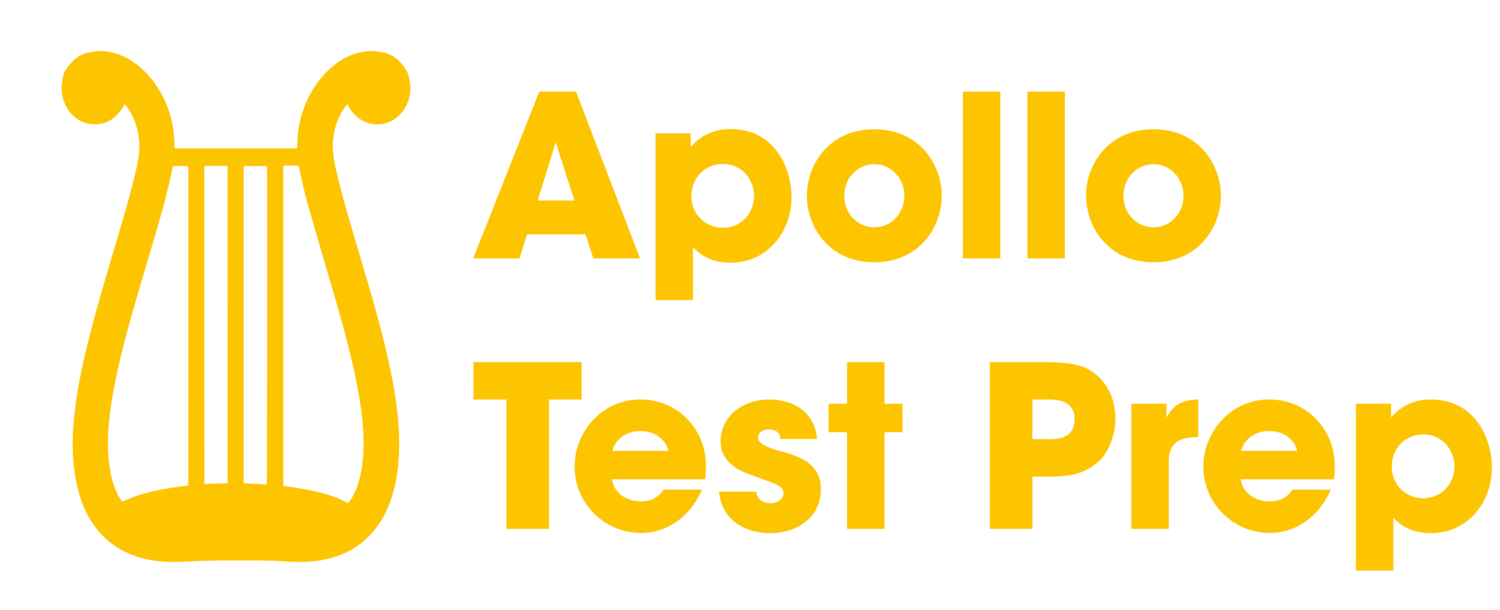LSAT Explanation PT 30, S2, Q23: Tony: A new kind of videocassette
LSAT Question Stem
Anna's reply is structured to lead to which one of the following conclusions?
Logical Reasoning Question Type
This is a Method of Reasoning question.
Correct Answer
The correct answer to this question is D.
LSAT Question Complete Explanation
First, let's analyze the argument in the passage. Tony presents an argument that video rental stores would find it more economical to purchase and stock movies recorded on the new kind of videocassette than on the old kind, because the new videocassettes cost a third as much and last for half as many viewings. This is Tony's conclusion. Anna replies by pointing out that the videocassette itself only accounts for 5 percent of the price a video rental store pays to buy a copy of a movie on video, and most of the price consists of royalties the store pays to the studio that produced the movie. This is Anna's premise. She also adds that royalties would have to be paid on additional copies, which is another premise. Anna's reply is structured to lead to a conclusion that would counter Tony's argument.
The question type is a Must Be True question, which asks us to identify the conclusion that follows logically from Anna's reply.
Now let's discuss each answer choice:
a) The royalties paid to movie studios for movies sold on videotape are excessively large.
This answer choice is incorrect because Anna doesn't express an opinion about the size of the royalties. She only mentions that they make up most of the price video rental stores pay for a copy of a movie.
b) Video rental stores should always stock the highest-quality videocassettes available, because durability is more important than price.
This answer choice is also incorrect because Anna's argument doesn't revolve around the importance of durability over price. She focuses on the fact that the videocassette's price is only a small part of the overall cost for video rental stores.
c) The largest part of the fee a customer pays to rent a movie from a video rental store goes toward the royalties the store paid in purchasing that movie.
This answer choice is incorrect because it is out of scope. The passage discusses the costs for video rental stores to purchase movies, not the fees customers pay to rent movies.
d) The cost savings to video rental stores that buy movies recorded on the cheaper videocassettes rather than movies recorded on the more durable ones will be small or nonexistent.
This answer choice is the correct one. Anna's reply is structured to lead to the conclusion that the cost savings Tony mentioned would be minimal or nonexistent, as the videocassette's price is only a small part of the overall cost for video rental stores and royalties would have to be paid on additional copies.
e) If the price a video rental store pays to buy a movie on videocassette does not decrease, the rental fee the store charges on the movie will not decrease.
This answer choice is incorrect because it is out of scope. The passage doesn't discuss the relationship between the price a video rental store pays to buy a movie and the rental fee the store charges customers.
